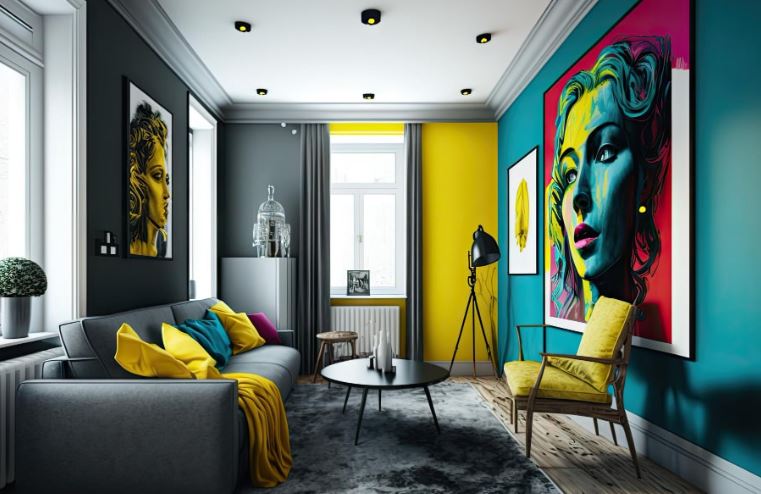Lighting is one of the most important yet often overlooked aspects of interior design. It not only illuminates a space but can completely transform how a room looks and feels. With careful consideration of lighting strategies based on room function and aesthetics, your interiors can be elevated to the next level. As a seasoned interior designer, I've put together my top 10 tips for optimizing your home's interior lighting based on years of experience crafting lighting schemes. Follow these research-backed recommendations to craft lighting designs tailored for your unique spaces and lifestyle needs.

Consider Ceiling Height
Knowing your ceiling height is crucial when selecting hanging light fixtures. Some pendants and chandeliers come with adjustable cords or stems while others have a fixed length. Make sure to measure carefully so you don't end up with a fixture that is too low or high. As a general rule of thumb, the bottom of the fixture should hang about 12-20 inches below a standard 8-foot ceiling. For every additional foot of ceiling height, add about 3 inches of cord length.
Plan Tabletop Lighting Placement
When hanging fixtures over dining tables, islands, or desks, the standard recommendation is to hang them 28-34 inches above the tabletop surface. This provides comfortable, functional lighting without casting harsh shadows. Smaller lights can be lower while larger fixtures suit higher placement. Make sure to consider this specifically in your plans.
Sketch it Out
Visualize your lighting design from the beginning by sketching it out. For new construction or full remodels, indicating light locations helps ensure they harmonize with layouts and design intent. Marking down fixtures, switch locations, and lighting configurations prevents last-minute changes that disrupt workflow or budgets.
Factor in Furniture Placement
Where you intend to place your furniture also impacts lighting decisions. Accounting for furniture positions lets you better direct task and accent lights where needed without having to rework lighting later. Be sure to leave access around all fixtures for maintenance too.
Know Your Colors
Light color temperature—whether warm, cool, or neutral—significantly impacts feel. Consider the look and activity of each space. For example, bedrooms usually suit warmer tones while task areas welcome crisp daylight simulations. Mixing temperatures adds visual interest when balanced thoughtfully.
Maximize Surface Variety
Use an assortment of fixture styles and sizes mounted at varied heights to create multidimensional lighting layers. Ceiling fixtures wash downwalls while wall sconces, lamps, and candles introduce intimate glow. Blending sources balances illumination across ceiling planes and textures.
Understand Light Level Needs
The intensity of light needed changes per application. Task areas require brighter illumination while casual spaces suit cozier tones. Refer to recommended light level measurements by activity to understand footcandle goals for your functional needs. Proper wattage delivers effects without waste.
Highlight Features
Direct lighting pensively to bring architecture, art, and materials alive. Illuminating bookcases, shelves, fireplaces or ceiling moldings creates visual feasts from mundane spaces. Optimize task details like stair treads and cooking surfaces too.
Control the Light
Having dimmers or switches at entryways lets you set lighting moods upon arrival. In bedrooms, locate controls conveniently by the sleeper. Multiple switch locations introduce versatility. Consider multi-scene controls or smart home technology for ultimate convenience.
Emphasize Natural Daylight
Bring windows, skylights or clerestories into lighting schemes wherever feasible. Organize furniture around light entry points. Well-placed mirrors or reflective surfaces bounce daylight deeper indoors. Tinted windows or treatments refine sun angles seasonally.
Lighting extends well beyond fixturery to deeply influence our wellbeing and perception. Optimizing indoor illumination through these key insights benefits living spaces for years of enjoyment. Combining professional expertise with personal preferences elevates interior environments in balanced, thoughtful ways.
